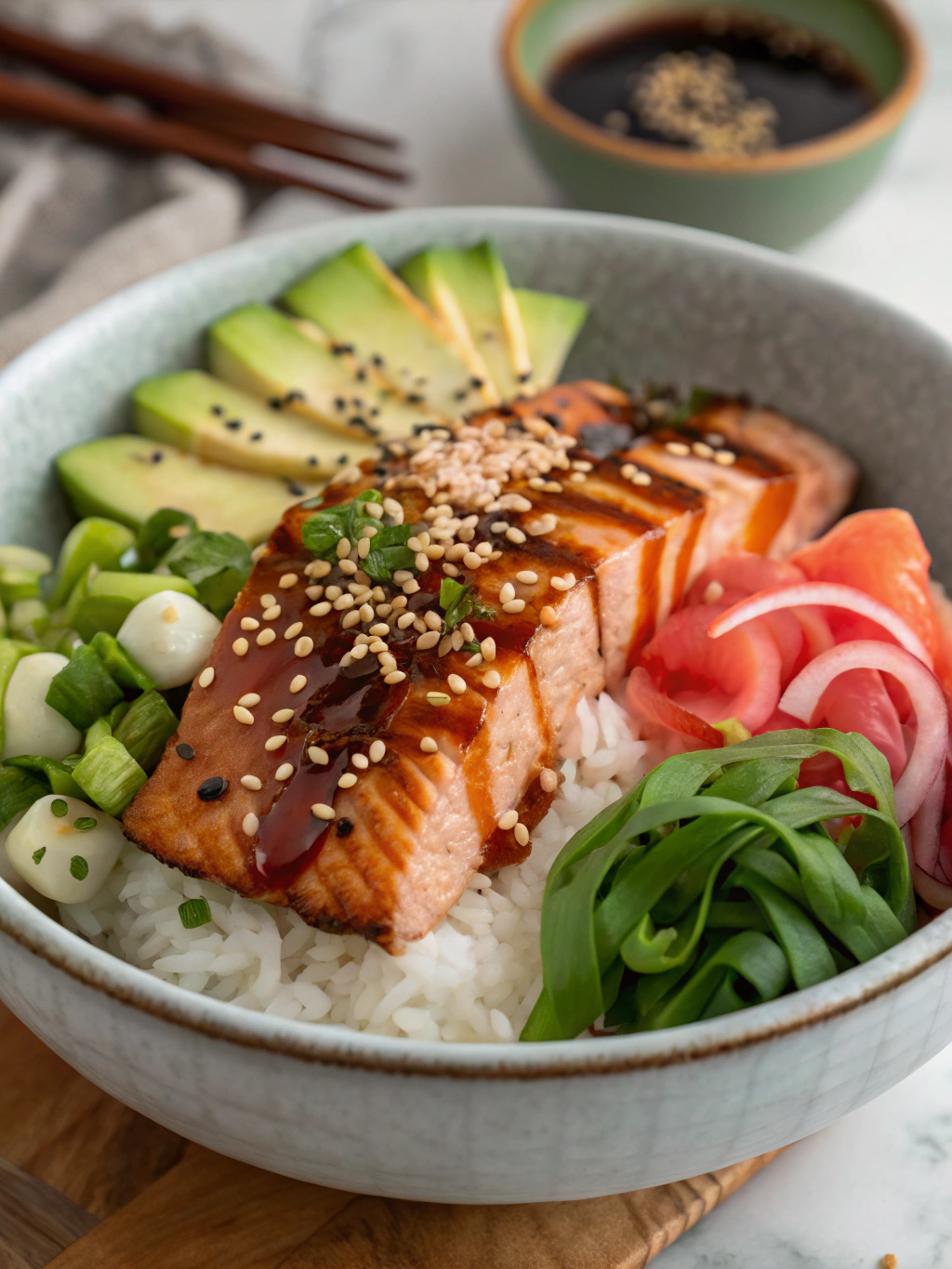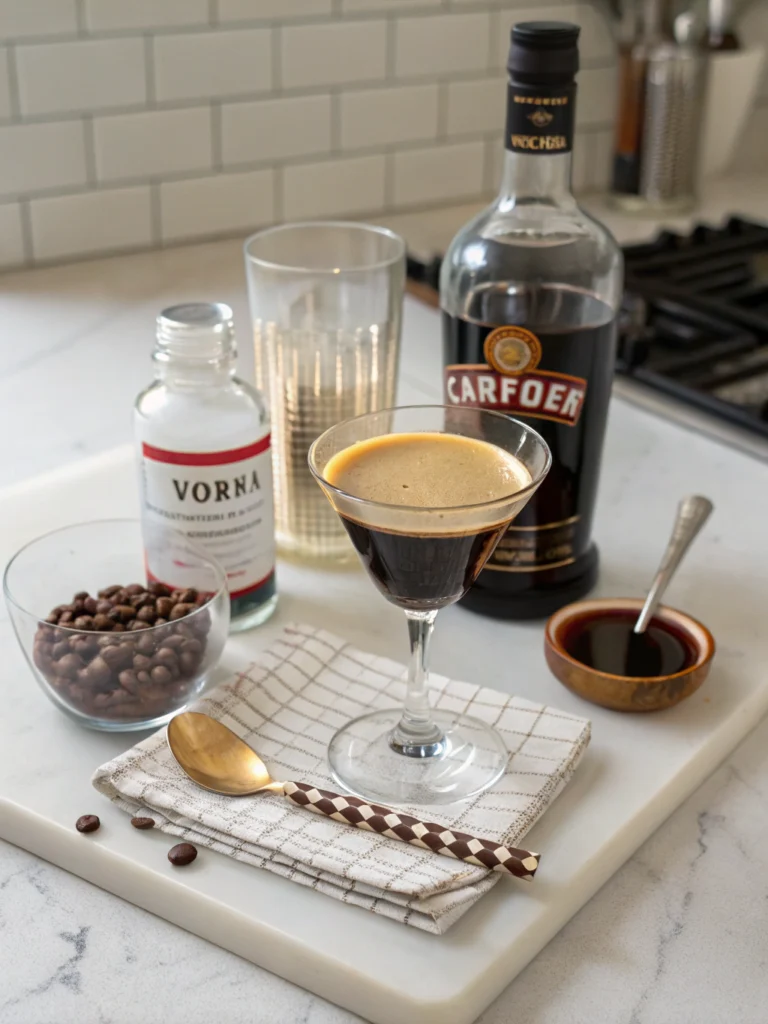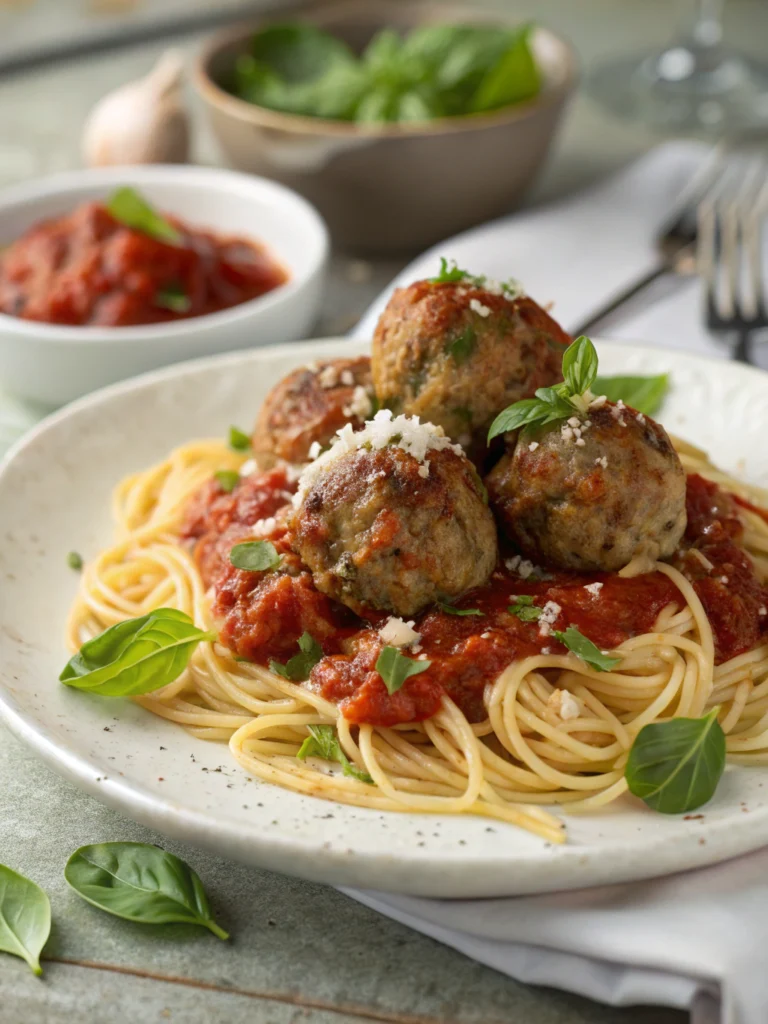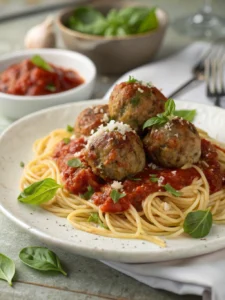Teriyaki Salmon Rice Bowls: A Perfect Blend of Flavor and Nutrition
Ever wondered how to transform ordinary salmon into an extraordinary meal that’s both healthy and bursting with flavor? The secret lies in the perfect balance of sweet and savory elements that come together in a teriyaki salmon rice bowl.
This delightful dish combines tender, flaky salmon glazed with homemade teriyaki sauce, served over fluffy rice and accompanied by fresh vegetables. It’s a complete meal that’s as nutritious as it is delicious, making it perfect for busy weeknights or impressive enough for weekend entertaining.
My salmon bowl recipe has been refined over years of experimentation to create the perfect balance of flavors and textures. The combination of umami-rich teriyaki, buttery salmon, and crisp vegetables creates a symphony of tastes that will keep you coming back for more.
Ingredients List

For the Teriyaki Sauce:
- 1/2 cup low-sodium soy sauce (substitute coconut aminos for a gluten-free option)
- 1/4 cup mirin (sweet Japanese rice wine) or substitute with 1/4 cup rice vinegar plus 2 tbsp sugar
- 2 tablespoons honey or brown sugar (adjust to taste)
- 2 cloves garlic, minced (approximately 2 teaspoons)
- 1 tablespoon fresh ginger, grated
- 1 tablespoon cornstarch mixed with 2 tablespoons water
For the Salmon Bowl:
- 4 salmon fillets (6 oz each), skin-on preferred for extra flavor
- 2 cups jasmine or short-grain rice, uncooked
- 1 tablespoon sesame oil
- 1 tablespoon vegetable oil for cooking
- Salt and pepper to taste
- 2 cups broccoli florets, blanched
- 1 large carrot, julienned or spiralized
- 1 avocado, sliced
- 1 cucumber, thinly sliced
- 2 green onions, thinly sliced
- 1 tablespoon toasted sesame seeds
- Pickled ginger and wasabi (optional, for serving)
Timing
Preparation Time: 20 minutes to prepare all ingredients, including making the teriyaki sauce from scratch.
Cooking Time: 25 minutes, with most of this time dedicated to cooking the rice (which can be done simultaneously with other prep).
Total Time: 45 minutes, which is about 30% faster than traditional teriyaki dishes that require longer marinating times. This teriyaki salmon rice bowl is designed for efficiency without sacrificing flavor.
Step-by-Step Instructions
Step 1: Prepare the Rice
Rinse 2 cups of rice under cold water until the water runs clear. This removes excess starch and prevents your rice from becoming sticky. Add the rice to a rice cooker or pot with 3 cups of water. If using a pot, bring to a boil, then reduce to a simmer and cover for 15-18 minutes until water is absorbed. Remove from heat and let stand, covered, for 5 minutes before fluffing with a fork.
Step 2: Make the Teriyaki Sauce
In a small saucepan, combine soy sauce, mirin, honey, garlic, and ginger. Bring to a simmer over medium heat. Once simmering, add the cornstarch slurry while whisking continuously. Continue to cook for 1-2 minutes until the sauce thickens to a glossy consistency that coats the back of a spoon. Remove from heat and set aside.
Step 3: Prepare the Salmon
Pat the salmon fillets dry with paper towels. Season both sides with salt and pepper. Heat vegetable oil in a large non-stick skillet over medium-high heat. Place the salmon skin-side down and cook for 4-5 minutes until the skin is crispy. Flip and cook for another 2-3 minutes for medium doneness, or adjust to your preference.
Step 4: Glaze the Salmon
Reduce heat to medium-low. Pour half of the teriyaki sauce over the salmon in the pan, turning the fillets to coat evenly. Allow the sauce to bubble and reduce slightly, about 1-2 minutes. The sauce should caramelize and create a beautiful glaze on the salmon. Be careful not to burn the sauce – if it’s reducing too quickly, remove the pan from heat.
Step 5: Prepare the Vegetables
While the salmon cooks, blanch the broccoli in boiling water for 2 minutes, then immediately transfer to an ice bath to stop the cooking process. This ensures your broccoli retains its vibrant green color and crisp texture. Drain well. Prepare the remaining vegetables as directed in the ingredients list.
Step 6: Assemble the Bowls
Drizzle the cooked rice with sesame oil and mix gently. Divide the rice among four bowls. Arrange the glazed salmon and prepared vegetables artistically around the bowl. Drizzle the remaining teriyaki sauce over the components. Garnish with sliced green onions and toasted sesame seeds.
Nutritional Information
Each teriyaki salmon rice bowl serving (based on 4 servings) contains approximately:
- Calories: 520 kcal
- Protein: 35g (70% of the protein comes from the salmon, which provides high-quality complete protein)
- Carbohydrates: 55g (primarily from the rice and vegetables)
- Dietary Fiber: 6g (contributed by the vegetables and whole grain rice if used)
- Sugars: 10g (mostly from the teriyaki sauce)
- Fat: 18g (primarily heart-healthy omega-3 fatty acids from the salmon)
- Sodium: 850mg (can be reduced by using low-sodium soy sauce)
- Vitamin D: 100% of daily value (salmon is one of the few natural food sources of vitamin D)
- Omega-3 Fatty Acids: 1,800mg (well above the recommended daily intake)
This meal provides a balanced macronutrient profile with approximately 27% of calories from protein, 42% from carbohydrates, and 31% from healthy fats.
Healthier Alternatives for the Recipe
For a lower-carb option, replace white rice with cauliflower rice or a mix of quinoa and riced vegetables. This simple swap can reduce the carbohydrate content by up to 60% while adding additional fiber and nutrients.
To reduce sodium, make your teriyaki sauce with coconut aminos instead of soy sauce. This substitution can lower the sodium content by approximately 40% while maintaining a similar flavor profile with slight sweetness.
For those watching their sugar intake, replace the honey in the teriyaki sauce with a monk fruit sweetener or erythritol. These natural sweeteners provide the same sweetness without the glycemic impact or added calories.
Add extra vegetables like bell peppers, snow peas, or mushrooms to increase the fiber and nutrient density of your bowl. Each additional cup of vegetables adds approximately 3-4g of fiber while contributing minimal calories.
Serving Suggestions
Transform your teriyaki salmon rice bowl into an interactive dining experience by setting up a build-your-own bowl station. Arrange the components separately and let everyone customize their creation.
For a refreshing summer variation, serve the salmon chilled over a bed of mixed greens instead of rice, with the teriyaki sauce slightly thinned as a dressing.
Pair with a side of miso soup for an authentic Japanese dining experience. The savory umami flavors of the soup complement the sweet and tangy notes of the teriyaki perfectly.
For a special occasion, serve with a chilled sake or a crisp Pinot Gris that will complement the rich flavors of the salmon without overpowering the delicate teriyaki glaze.
Common Mistakes to Avoid
- Overcooking the salmon: Salmon continues to cook after being removed from heat. Take it off the heat when it’s slightly undercooked in the center (about 125°F) for the perfect final texture.
- Not patting the salmon dry: Moisture on the surface prevents proper searing and crisp skin formation. Always thoroughly pat salmon dry with paper towels before seasoning.
- Stirring rice while cooking: This releases starch and creates gummy rice. Instead, let it cook undisturbed with the lid on for fluffy, separated grains.
- Adding sauce too early: Glazing the salmon too early in the cooking process can cause the sugars in the teriyaki to burn. Add the sauce only in the final 1-2 minutes of cooking.
- Overcrowding the pan: Cook salmon in batches if necessary. Overcrowding causes steaming rather than searing, resulting in less flavorful fish and soggy skin.
Storing Tips for the Recipe
For meal prep, store the components separately in airtight containers. The cooked salmon will stay fresh for up to 3 days, while the rice and vegetables can last 4-5 days in the refrigerator.
The homemade teriyaki sauce can be made in advance and stored in a glass jar in the refrigerator for up to 2 weeks. This makes weeknight dinner assembly incredibly quick.
If freezing, wrap individual portions of cooked salmon tightly in plastic wrap, then foil, and freeze for up to 2 months. Thaw overnight in the refrigerator before gently reheating.
For the best texture when reheating, warm the salmon gently in a 275°F oven until just heated through (about 10-15 minutes). Microwaving can make the salmon rubbery and dry.
Conclusion
Creating the perfect teriyaki salmon rice bowl is about balancing flavors, textures, and nutritional elements to craft a meal that satisfies on every level. The combination of protein-rich salmon, complex carbohydrates from the rice, and fiber from the vegetables makes this not just delicious but nourishing as well.
Have you tried making this teriyaki salmon bowl at home? I’d love to hear about your experience or any creative variations you’ve discovered! Share your results in the comments below, or tag us in your food photos on social media. And if you enjoyed this recipe, be sure to check out our other Asian-inspired dishes that bring restaurant-quality flavors to your home kitchen!









